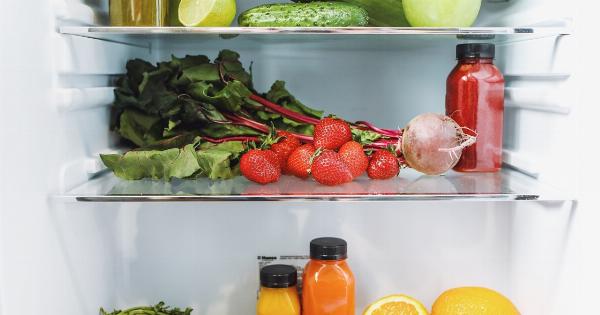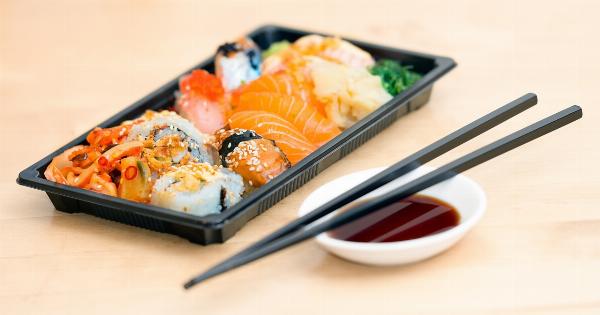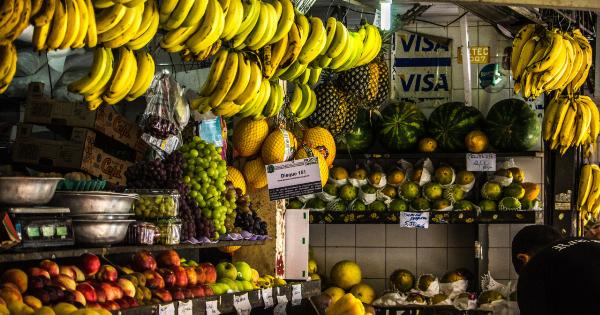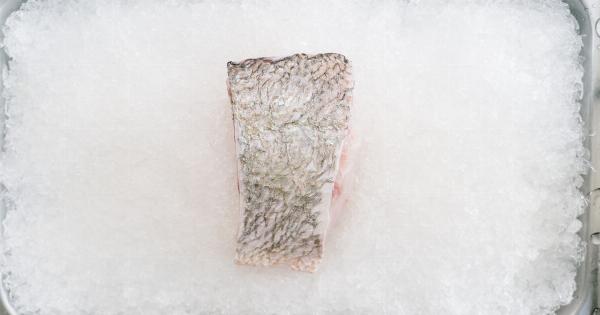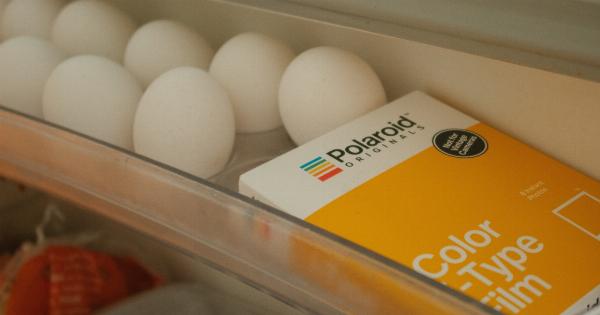Eating an eco-friendly meal means taking a conscious decision about what you put in your body, and how it impacts the environment. In today’s world, we understand that our food choices can have a far-reaching impact on our environment.
Therefore, it’s important to make informed decisions about the food we eat.
Here are some suggestions for the perfect eco-friendly meal:.
Locally Sourced Produce
When we purchase locally sourced produce, we support local farmers and reduce the overall carbon footprint associated with the transportation of the food. So, try to buy fruits and vegetables that are in season from local farms.
It’s not just good for the environment but also for your health as locally grown produce is often fresher, richer in vitamins, and tastes better too.
Seasonal Foods
Choosing foods that are in season means that the ingredients didn’t have to travel far to get to your plate. Find out what’s in-season and plan your meals accordingly.
For instance, in the summertime, incorporate fresh greens, berries, melons, and tomatoes into your meals, while in the fall, opt for root vegetables like sweet potatoes and pumpkins. Eating seasonally can help to reduce the carbon footprint caused by transporting fruits and vegetables out of season.
Avoid Meat and Dairy
It’s well known that the meat and dairy industry has a significant impact on the environment. It also takes a considerable amount of resources like water and land to produce.
Eating a plant-based meal reduces the carbon footprint, and it’s also good for your health. If you do consume meat and dairy products, try to opt for those that are organic, grass-fed, and free-range as they are more sustainable, and support animal welfare.
Choose Sustainable Seafood
Seafood is an excellent source of protein, but some fishing practices can be harmful to the environment. When purchasing seafood, make sure it’s from a sustainable source.
To help you make an informed decision, look for eco-labeled seafood like “Marine Stewardship Council” or “Aquaculture Stewardship Council”. These labels indicate that the seafood is from sustainable sources and has met specific environmental standards.
Eliminate Packaging
One way to reduce waste and support the environment is by avoiding foods that come in packaging. Therefore, look for bulk options or bring reusable bags with you to the grocery store.
You can also bring your storage containers when shopping for prepared foods or from the deli section. It’s not only eco-friendly but also cost-effective.
Minimize Food Waste
Another way to be eco-friendly is by reducing food waste. Despite our best intentions, we sometimes end up throwing away food.
To prevent that from happening, prepare smaller portion sizes, use leftovers for subsequent meals, and store your food appropriately. You can also get creative with any leftover ingredients and whip up a new meal or snack to use the leftovers. Additionally, if you have a compost bin, add food scraps in there instead of wasting them in a landfill.
Drink Water
Bottled water creates a massive amount of plastic waste that can end up in landfills or the ocean. Therefore, make sure you bring a reusable water bottle with you and fill it up instead of buying bottled water.
Not only is it eco-friendly, but it’s also cost-effective and keeps you hydrated throughout the day.
Final thoughts
Being eco-friendly is all about making conscious decisions about the food you eat and how it impacts the environment. We hope that these tips help you to choose the perfect eco-friendly meal that’s healthy for you and the environment.
By buying locally sourced, seasonal, and sustainable food, you can make a significant impact on the environment and support local businesses.




